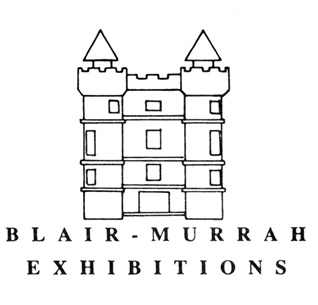The Wood Engravings of Winslow Homer
In the years before low-cost photographic reproduction, popular magazines used wood engravings to bring their readers illustrated news reports and stories. The most skilled illustrators could produce engravings that were beautiful works of art--and Winslow Homer was one of the very best.
"Life Lines" is comprised of 37 wood engravings created by Winslow Homer and published in the Harper's Weekly and other periodicals between 1857 and 1875. The mid-19th century was a time of change and conflict; a growing industrialism tempered by a predominately rural population. Homer was a perceptive observer of his surroundings, able to render what he saw with sensitivity and skill. The images he created of men and women at work and at rest capture a uniquely American spirit, and form an exhibit that will delight viewers with its glimpse at life in our nation over a century ago.
Perhaps the most fascinating prints are those that Homer did for Harper's. Although he did some battle scenes when he was specifically requested to do so, Homer preferred to capture the men and their humanity, not dramatic conflicts. In engravings such as "Winter-Quarters in Camp-- The Inside of a Hut," "Holiday in Camp -- Soldiers Playing 'Foot-Ball'," and "Thanksgiving-Day in the Army--After Dinner: the Wish-Bone," we see lonely men far from home trying to pass the time between fighting, and we are touched by their pain. This interest in the personal remained throughout Homer's career.
Homer's diversity and vitality were especially evident in his wood engravings. When Homer began engraving, the process had been improved. It was discovered that if artists drew on a fine-grained wood block that had been polished and coated with white, the engraver could produce a finer line.




